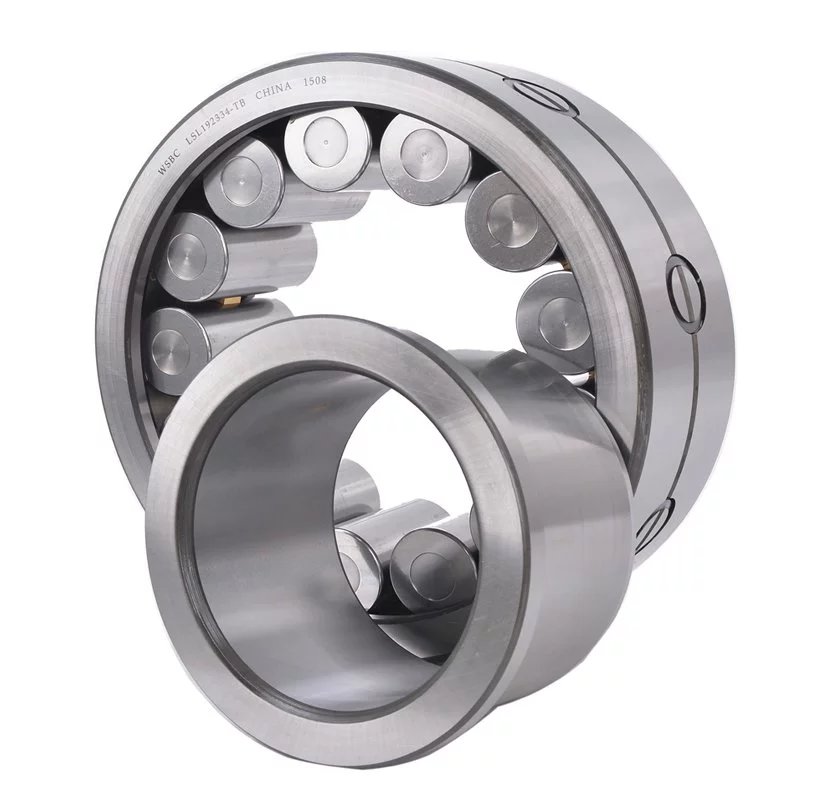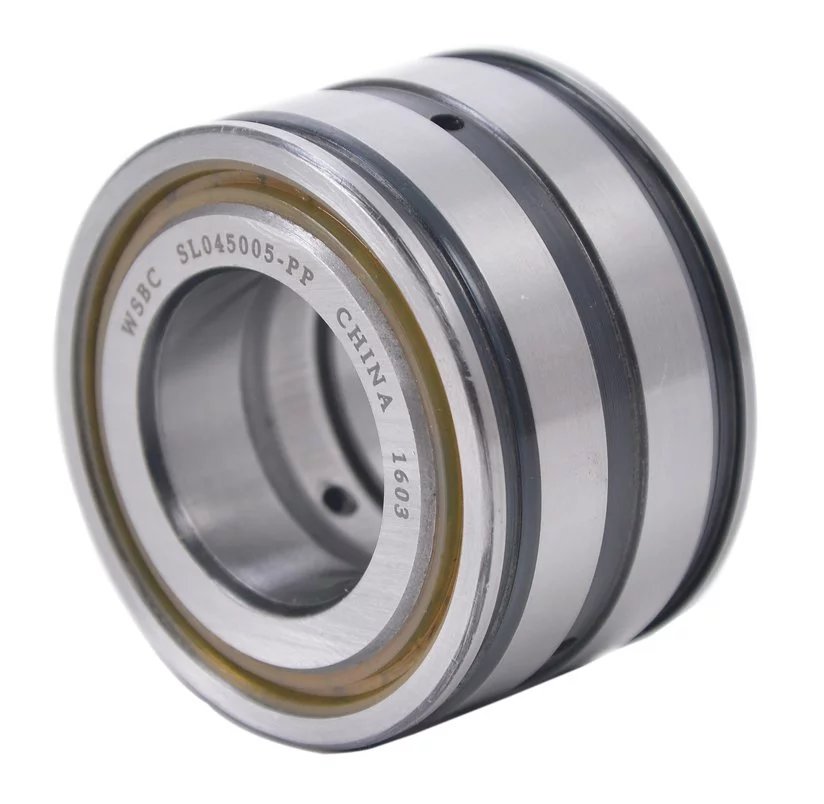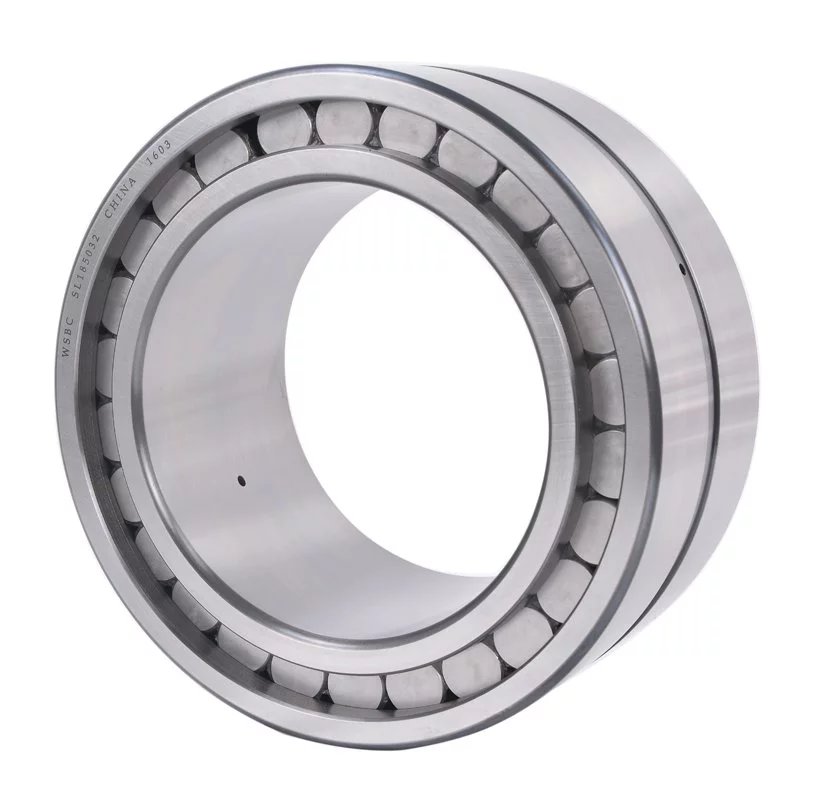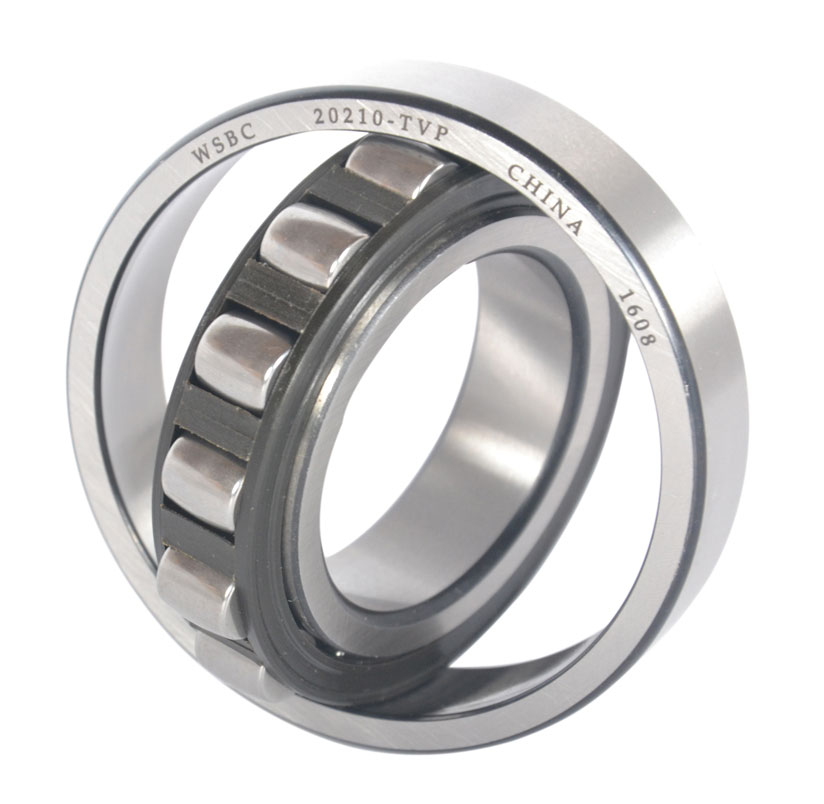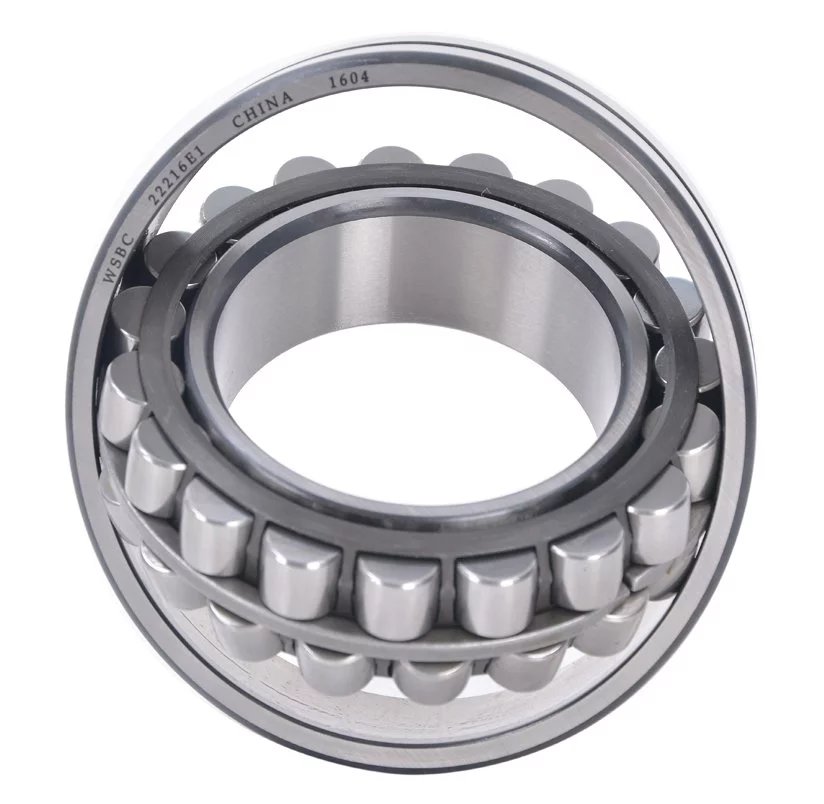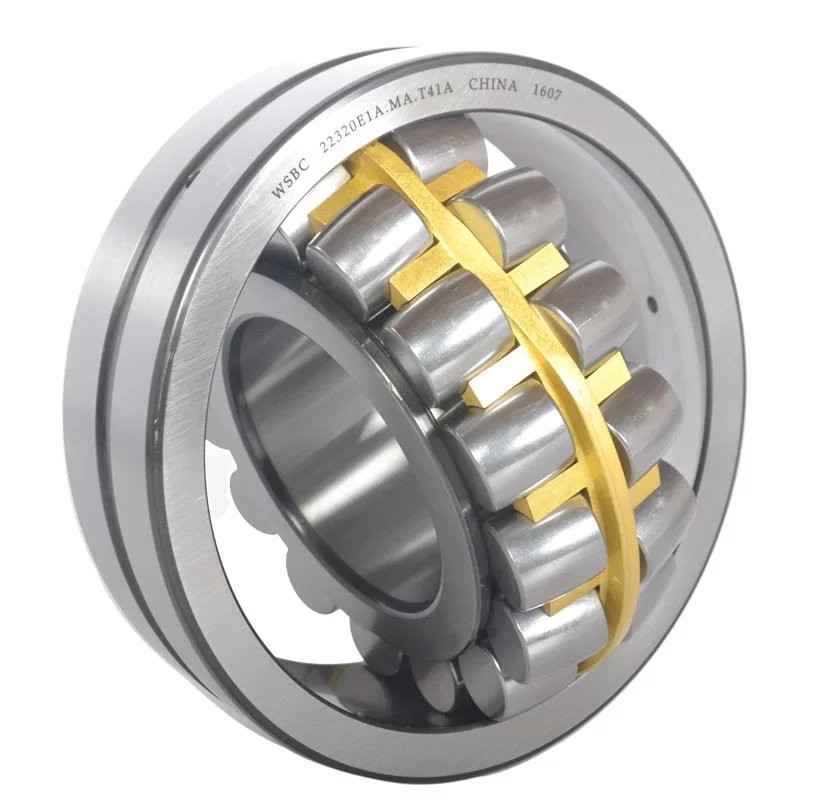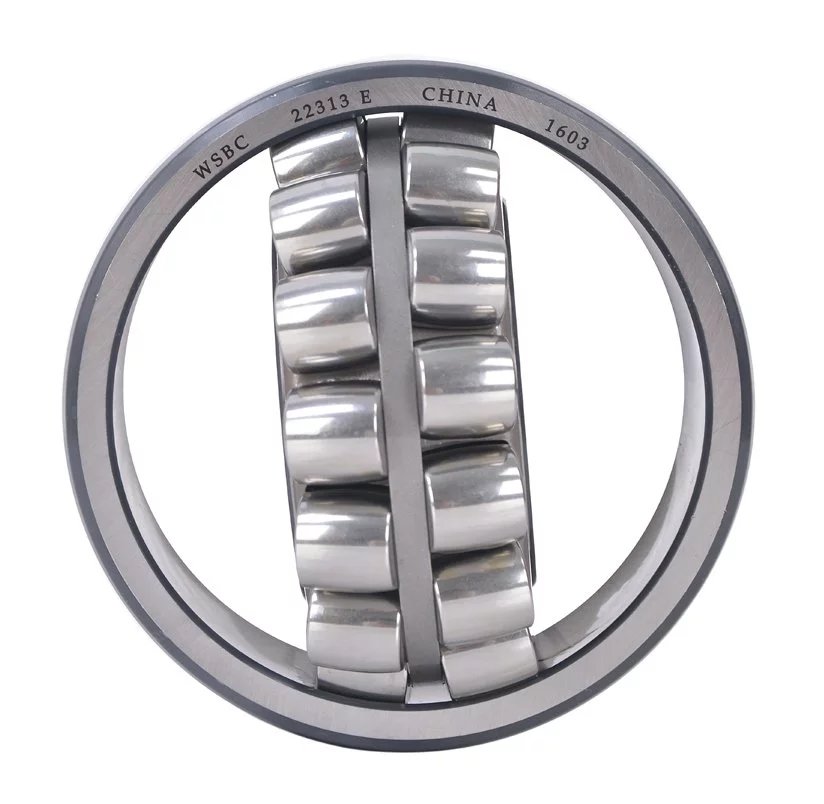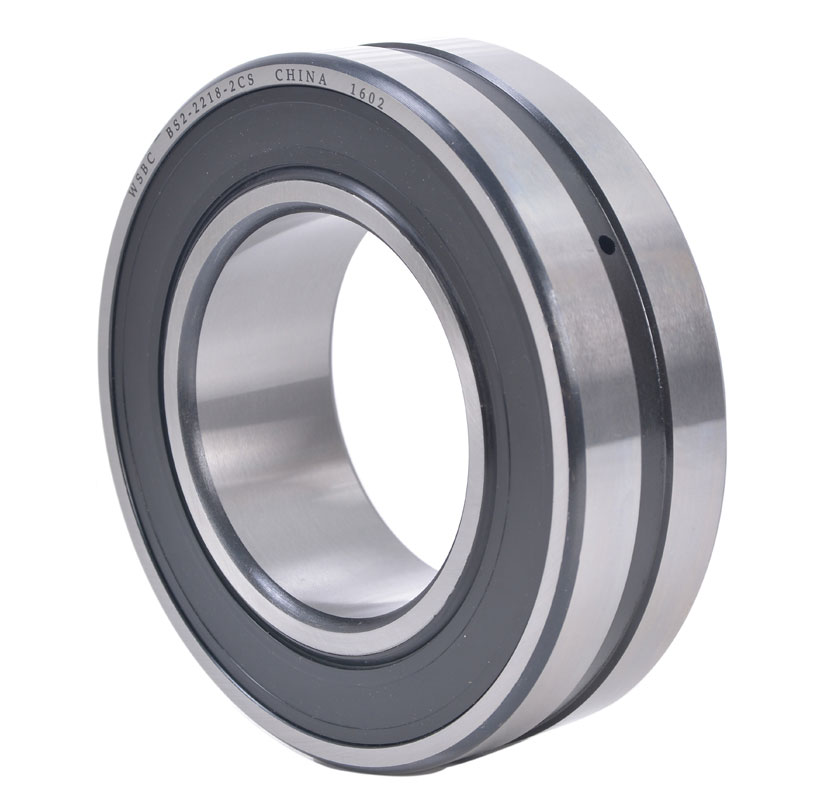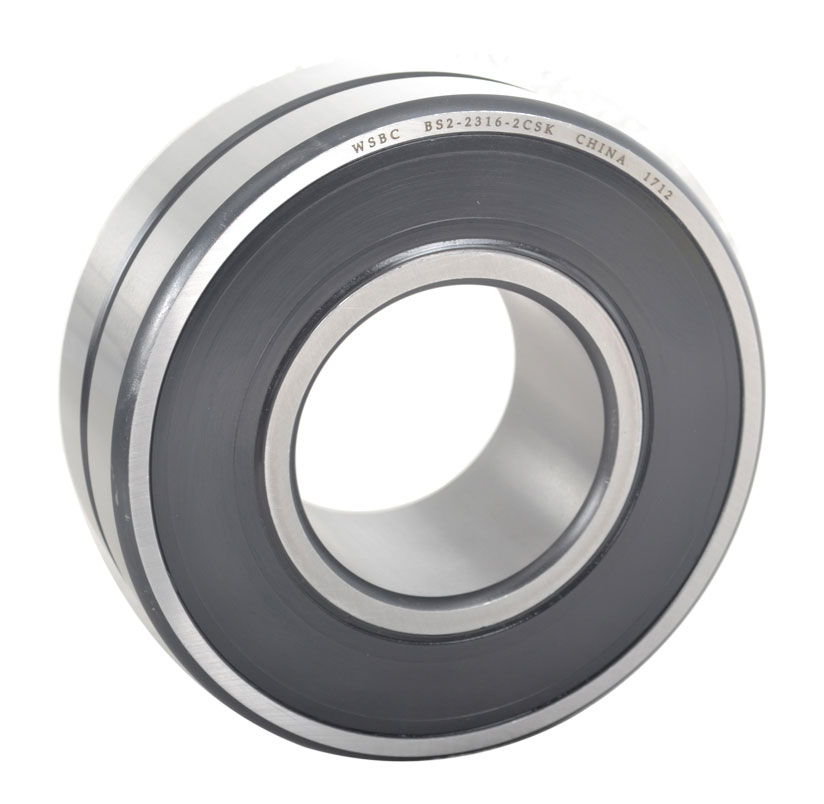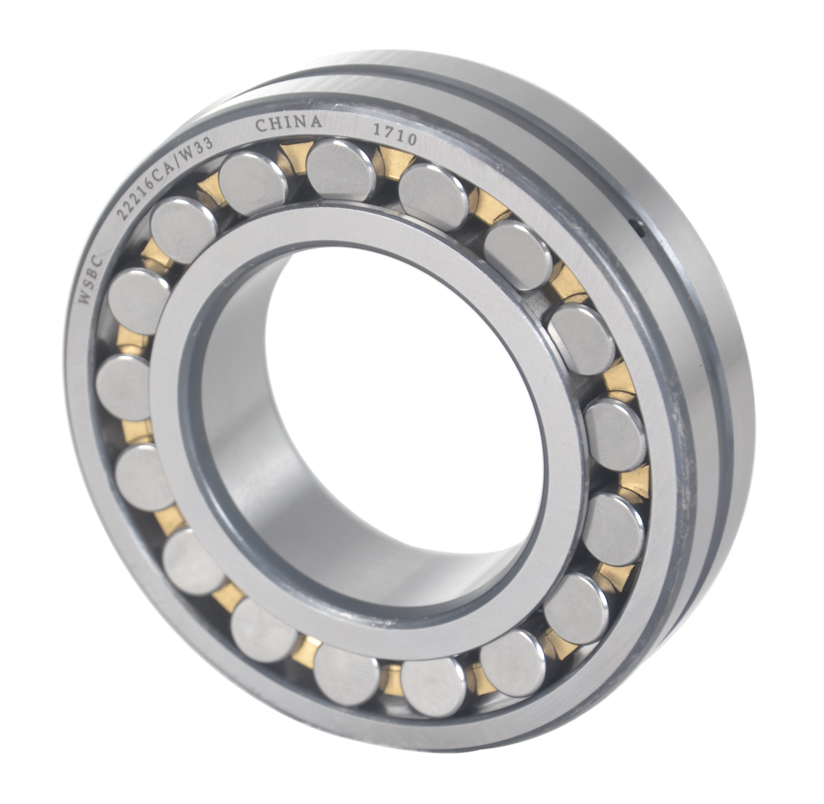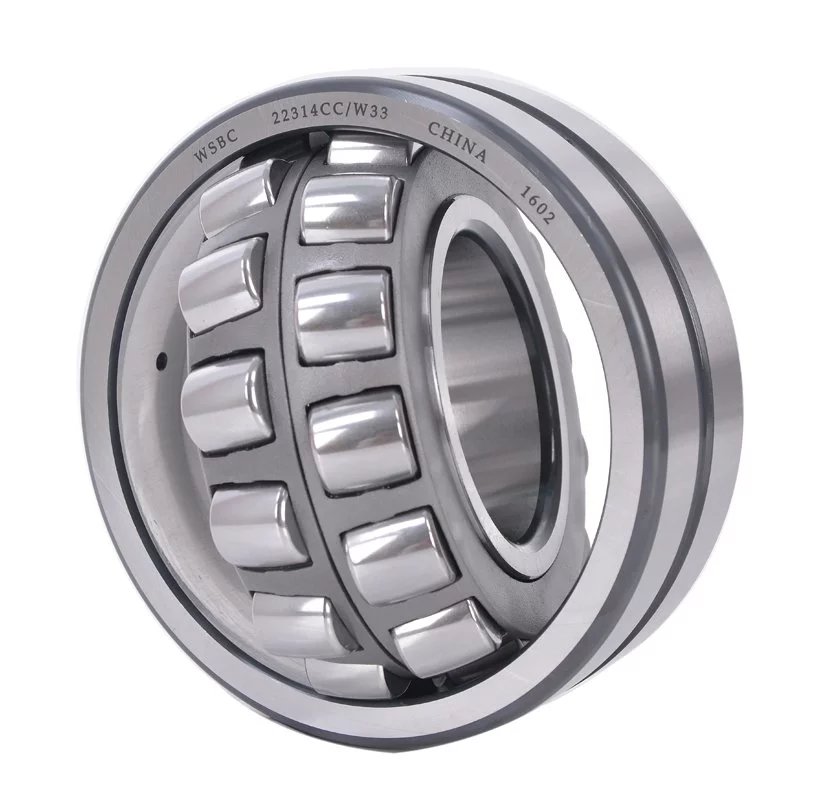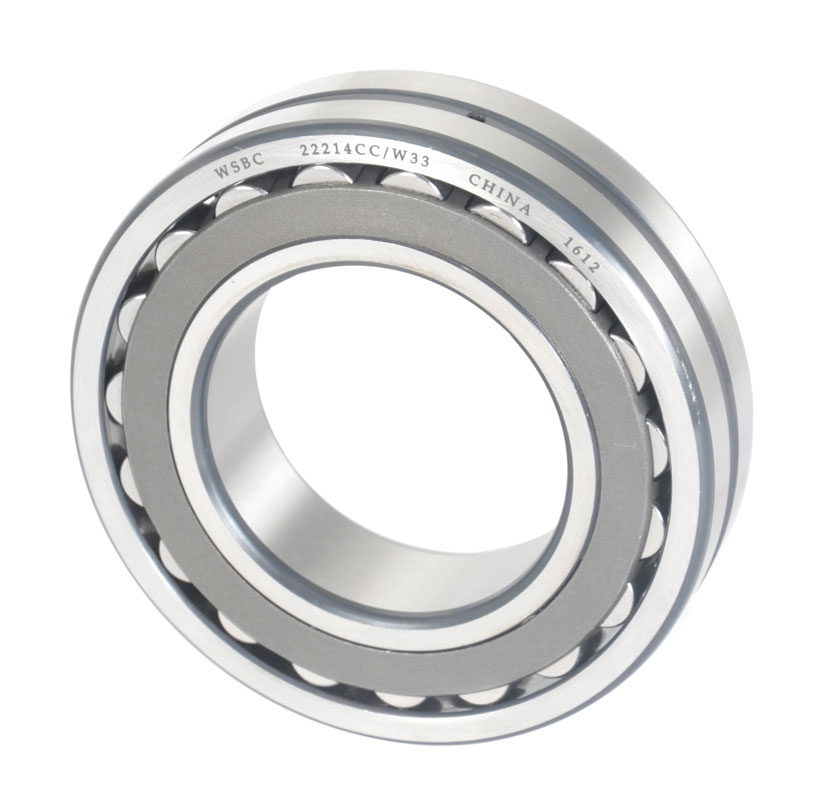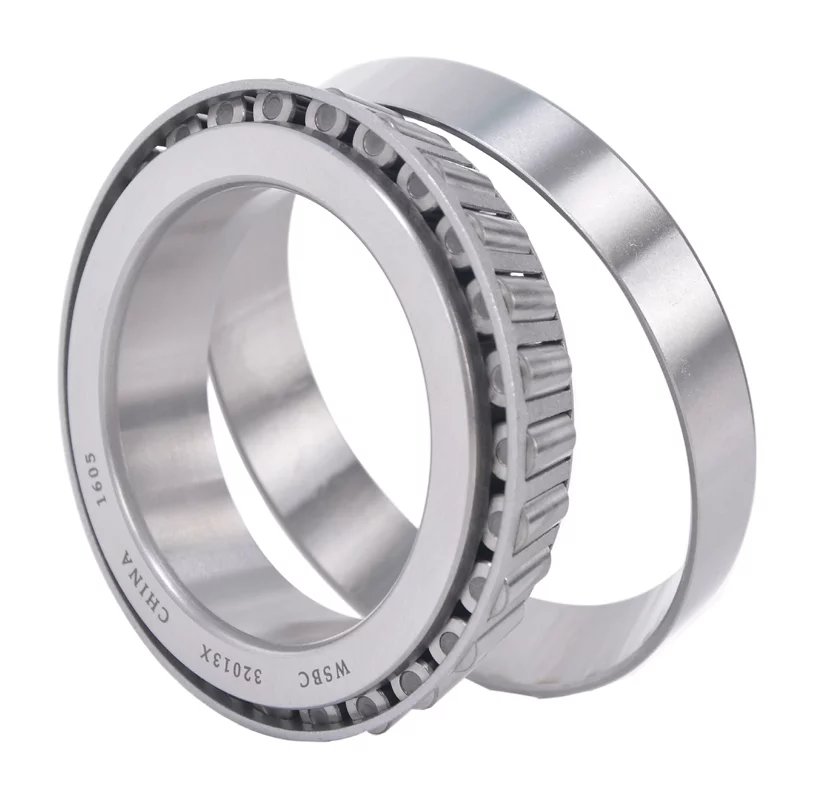News
Reasons for Fracture of Cylindrical Roller Bearing Ring
Time:2020.08.28 Source:Roller Bearings Suppliers
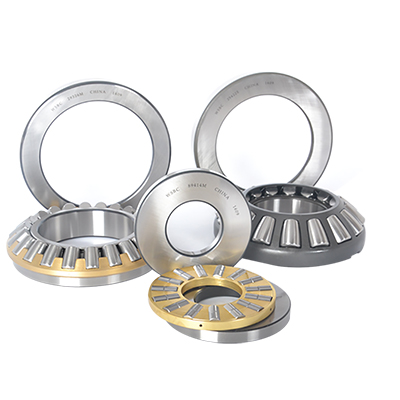
Cylindrical roller bearings are mostly used in medium-sized machinery. During their use, the fracture of the cylindrical roller bearing ring is also one of the common problems. Below Wuxi Spark Bearing Co., Ltd shared the reasons for the fracture of the cylindrical roller bearing ring.
1. Some macro reasons for the fracture of cylindrical roller bearing ring
(1) The outer wall of the cylindrical roller bearing ring has serious pitting and extrusion deformation.
(2) Cylindrical roller bearing rings have transverse and longitudinal fractures
Fatigue pitting and shedding caused by excessive contact stress may be the source of cracks in the bearing ring. In addition, due to the axial thrust at the rib and the deeper undercut grooves processed, the stress concentration is greater, and it is also easy to break at the rib. Need WSBC NJ318EM, click here learn more :
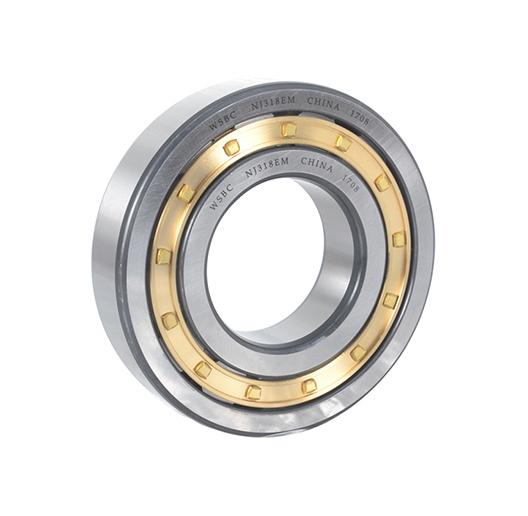
(3) A macro crack was found on a fragment. This crack is a surface crack, a fatigue crack caused by contact stress, and a precursor of fatigue shedding. In the test, when we used a metallographic cutting machine to cut and sample the bearing ring fragments, due to vibration and external impact load, some of the fragments were further broken or cracked, and the cracks or cracks were located at the ribs. This shows that the material Hard and brittle, with poor impact resistance, and the ribs are more likely to break due to high structural stress.
(4) Many wear grooves and spalling pieces were also found on the inner surface of the cylindrical roller bearing ring, as well as macroscopic cracks.
This shows that there is relative sliding friction between the bearing ring and the shaft. According to the working principle of the bearing, the bearing ring should be in interference fit with the shaft. When the shaft rotates, the bearing ring and the shaft rotate together, and the roller rolls between the bearing ring and the outer ring to reduce shaft vibration. If the gap between the shaft and the bearing ring is too large, the relative sliding friction between the shaft and the bearing ring will cause the roller to not roll normally, the ring will directly bear a large contact stress, and the bearing will be overloaded, resulting in fatigue falls off and pitting.
2. Fatigue damage analysis of damaged bearings
(1) Fatigue pitting and fatigue shedding
For mechanical parts that are in contact with high pairs (ie, high pressure), theoretically point and line contact, but in fact, after the material is elastically deformed under load, the theoretical point and line contact becomes very small surface contact. Very high stress occurs locally at the contact point, and such stress is called surface contact stress.
In practice, the contact stress experienced by high-pair parts changes cyclically. Under the action of the contact cyclic stress, small micro-cracks are first formed on the metal surface, and then the cracks develop along the direction at an acute angle to the surface. After a certain depth, it goes beyond the surface of the part, and finally a small piece of metal peels off, forming small pits on the surface of the part. This phenomenon is called fatigue pitting (pitting for short). Pitting corrosion is a form of failure under the action of contact stress and belongs to fatigue failure. After the bearing is damaged by pitting, strong vibration, noise and heat will usually appear during operation.
Cylindrical roller bearing ring and rolling element surface fatigue pitting is one of the most basic and common failure modes of rolling bearings, and it is also usually used as the basis for calculation of rolling bearing life. When the contact stress is large, macroscopically visible cracks may form on the metal surface, causing large pieces of metal to peel off, which is fatigue and fall off. According to the results of the macro inspection, the pitting and shedding phenomenon on the surface of the ferrule is serious, which belongs to the early failure within the service life (only 7 months).
(2) The influence of fatigue pitting and fatigue shedding on ring cracking
From the macro analysis, it can be seen that, except for the fracture near the retaining ring, most of the free surface positions of the fracture are accompanied by fatigue pitting and fatigue shedding. The pitting and shedding are exactly the location of the fracture source of the fracture, indicating the brittleness of the ferrule Fracture is inherently related to fatigue pitting and shedding.
The micro-cracks found in the microscopic observation of the cross-section of the pitting area and the surface cracks found in the macroscopic view will cause pitting and peeling, while greatly reducing the effective bearing area of the ferrule, which may also become the source of fracture, which may cause the ferrule under the action of vibration Brittle fracture. Click here to learn more about WSBC NJ319EM.
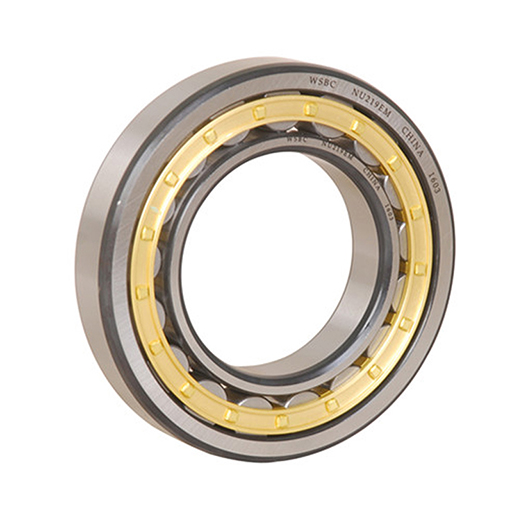
3. Conclusion
Cylindrical roller bearing ring fatigue pitting and shedding are the direct causes of bearing ring fracture. Macroscopic analysis shows that the ferrule surface is severely deformed and fatigued off, indicating that the contact stress of the ferrule is too large. This is the reason for the accelerated fatigue of the ferrule. What caused the excessive contact stress of the ferrule?
Macroscopic inspection revealed that the inner wall of the bearing ring had many sharp wear marks and peelings that were different from pitting corrosion, and macroscopic cracks were also found in individual locations. This shows that the gap between the shaft and the inner ring of the bearing is too large, and relative sliding friction occurs, causing the rollers to fail to roll normally, and the inner ring directly bears great contact stress, and the bearing is overloaded, causing fatigue pitting and fatigue shedding. Therefore, poor assembly of bearing inner ring and shaft (interference fit) and excessive bearing clearance are the root causes of ring fracture.
In addition, in the process of processing the damaged bearing sample with the cutting blade, the fragments further fractured and cracked, indicating that the quenched bearing steel has poor impact and vibration resistance. It is understood that the machine is subjected to a certain impact load during operation, so the possibility of ring fracture due to impact cannot be ruled out.
Hot Topics
Copyright © Wuxi Spark Bearings Co.,Ltd Co., Ltd All Rights Reserved. Sitemap
www.spark-bearing.com. Profession in Roller Bearings, Ball Bearings and Taper Toller Bearings-China Suppliers.
